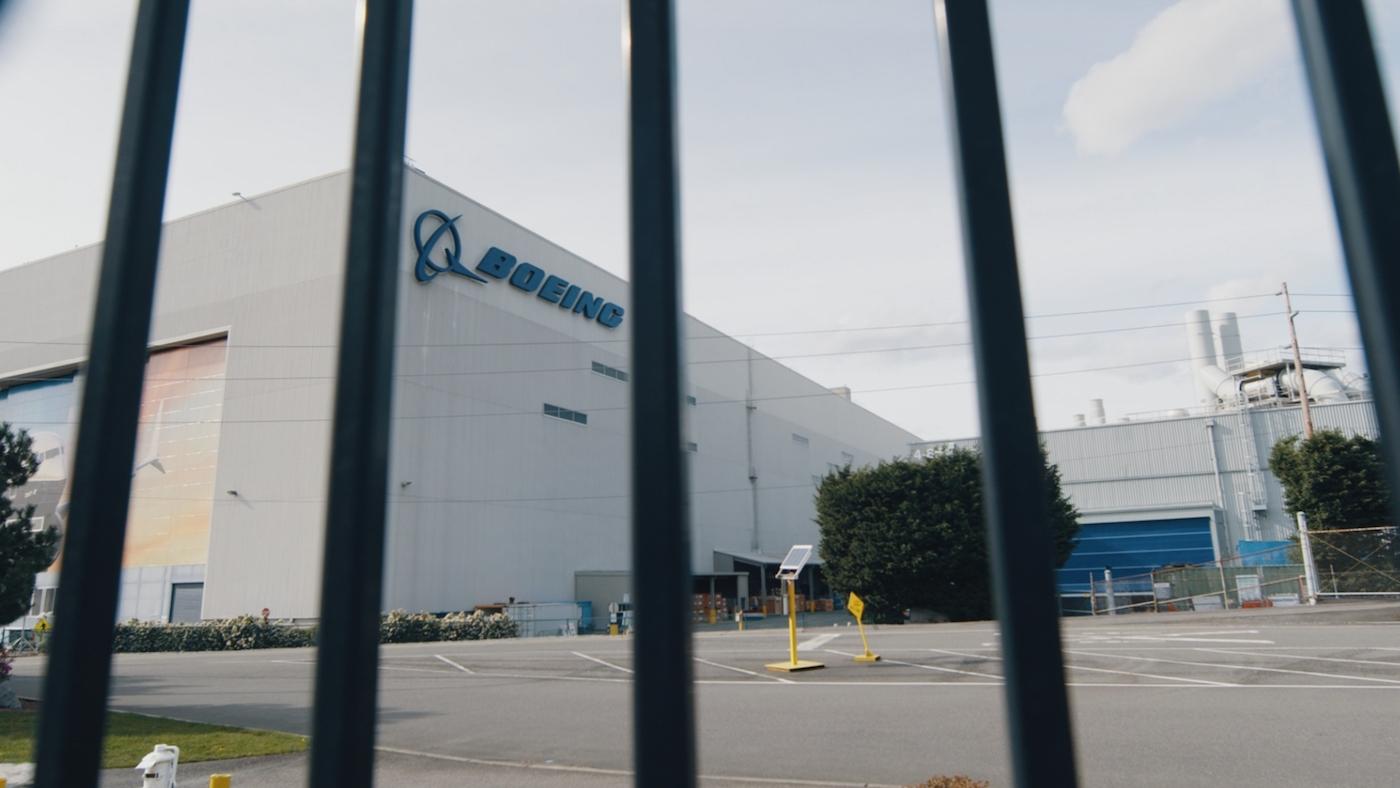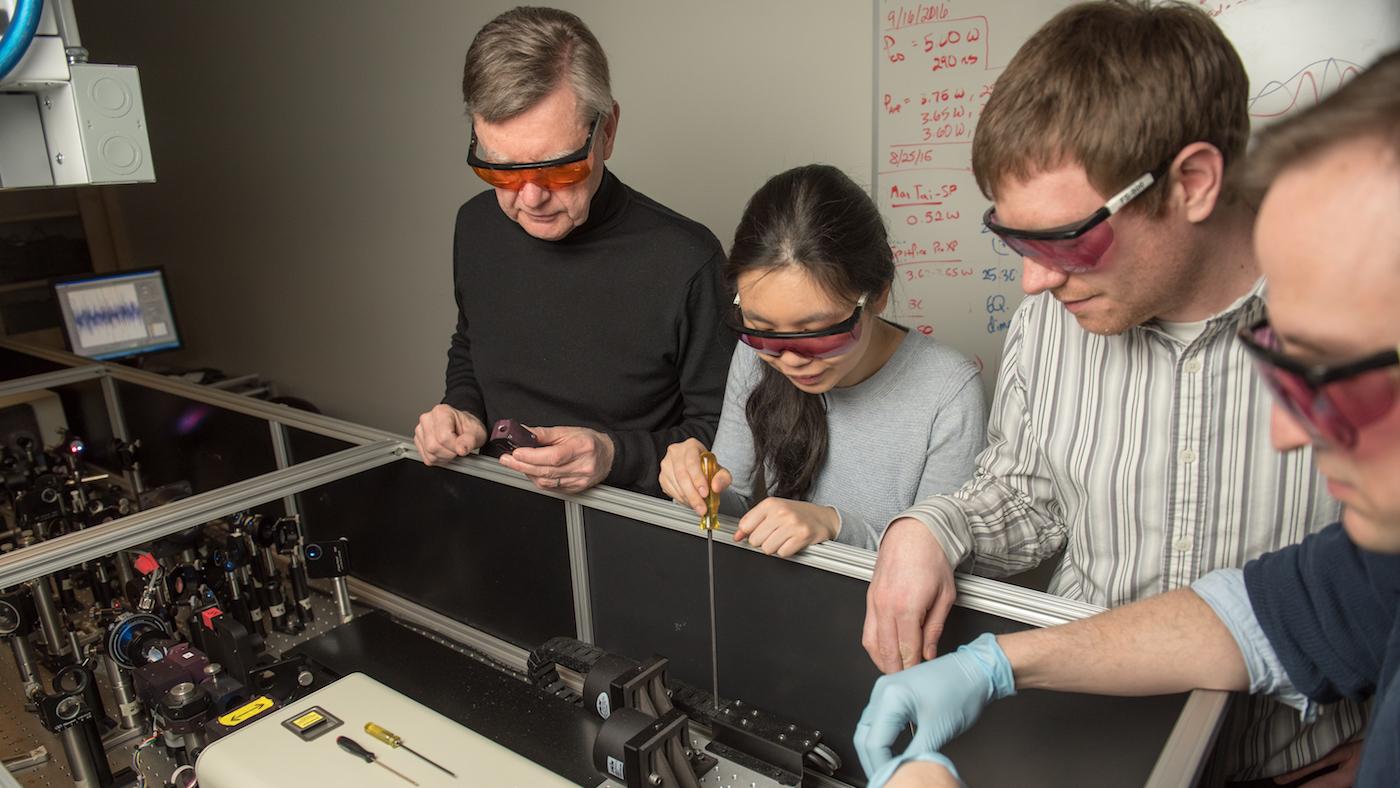Eight Mind-Expanding Discoveries Made by NASA's Cassini Mission
Daniel Hautzinger
September 12, 2017
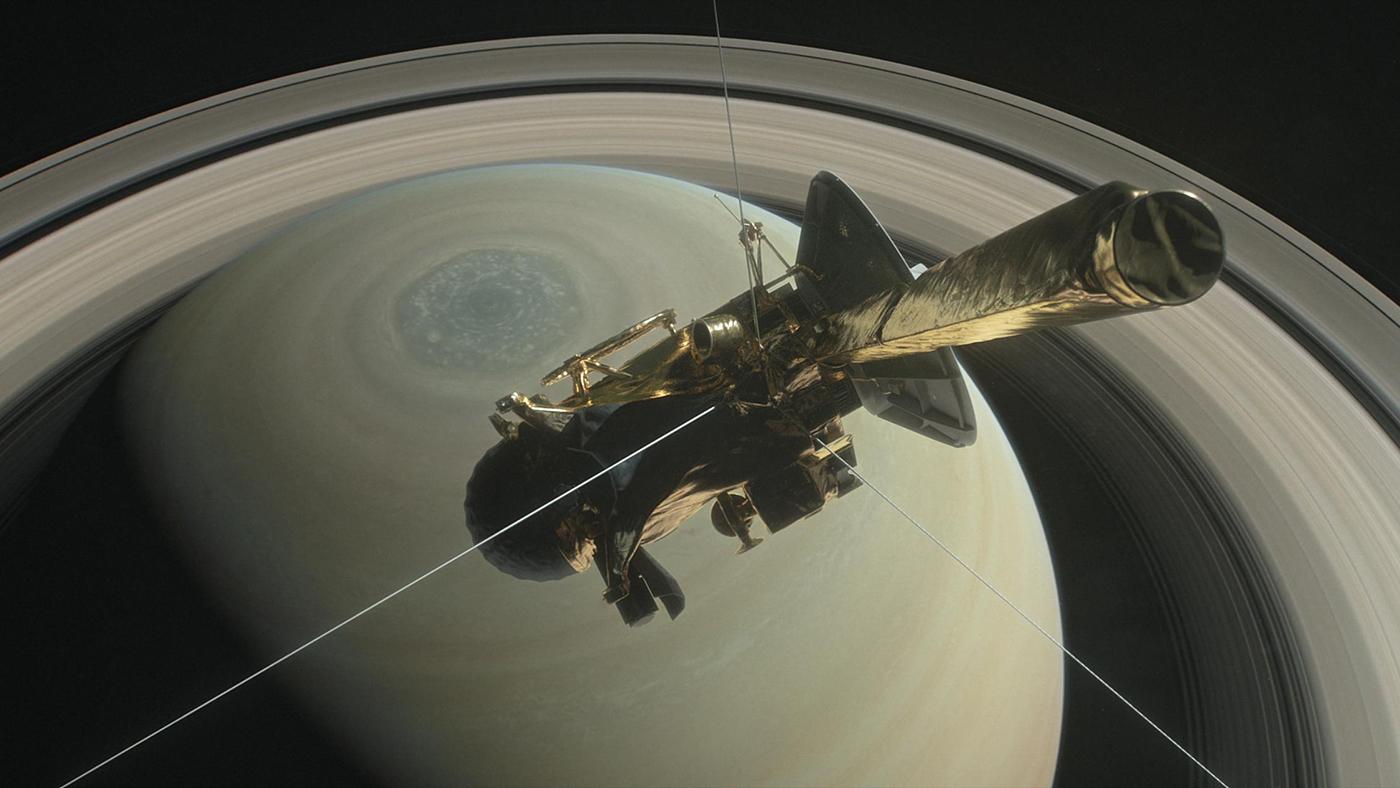
NOVA: Death Dive to Saturn airs Wednesday, September 13 at 10:00 pm and is available to stream.
It’s been an eventful couple of months for space buffs: the first total solar eclipse to be visible across all the lower 48 states in 99 years, the 40th anniversary of the launch of the Voyager spacecraft, and now the “Grand Finale” of the Cassini-Huygens mission, which you can learn about in NOVA: Death Dive to Saturn.
Launched in 1997, Cassini was sent to gather data about Saturn, its moons, and its rings. (It was named after the French astronomer who discovered four moons of the planet in the late 17th century.) A joint effort of NASA, the European Space Agency, and the Italian Space Agency that involved 27 different nations, it reached Saturn in 2004 and has since orbited the planet 294 times. In April, 2017, it began to make a series of twenty-two dives between the planet and its rings. At 6:31am ET on September 15, the spacecraft will make its final dive towards the planet, sending valuable data back to Earth before burning up in Saturn’s atmosphere. Learn about some of the amazing discoveries Cassini has made in its 13 years – almost half a Saturn year, which is 27 Earth years long – orbiting Saturn.
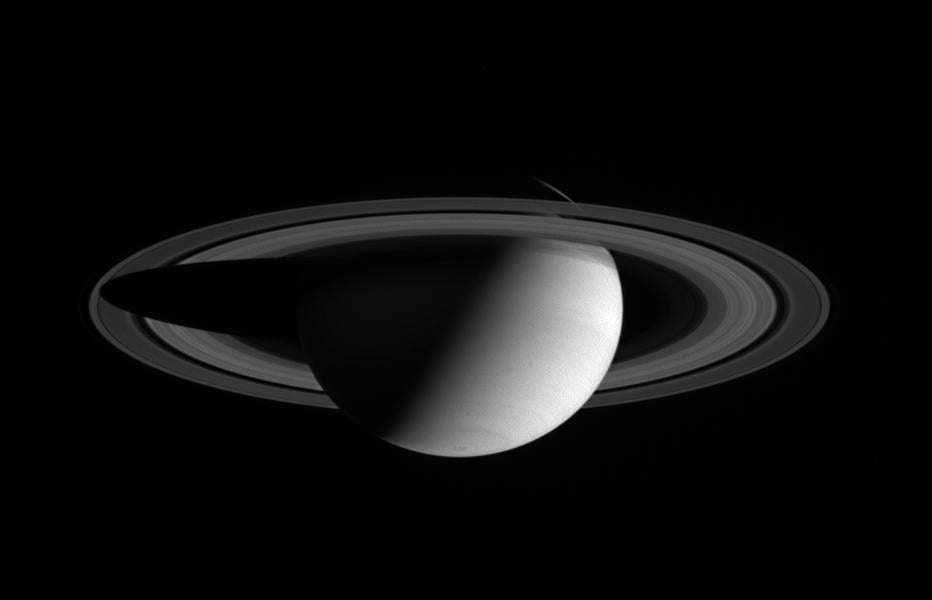 Saturn. Image: Courtesy NASA
Saturn. Image: Courtesy NASA
Titan, Saturn’s largest moon, has conditions similar to those on Earth that could allow for life to develop. Titan is the only known place in our solar system other than Earth with stable liquid on its surface: liquid methane that cycles through the atmosphere in a similar way to water on Earth, raining down to form lakes and rivers. In addition to that organic liquid, Titan also seems to contain an ocean of water underneath its thick, frozen crust. Its atmosphere is thought to be similar to Earth’s before the development of life here, with plenty of prebiotic chemicals. Titan also has landscapes similar to those found on Earth: canyons and shorelines carved by the liquid methane, dunes and desert-like stretches. The Cassini spacecraft flew by Titan 127 times and also launched the Huygens probe, named after the Dutch astronomer who discovered Titan in 1655, to the moon’s surface in 2005.
Another moon, Enceladus, is also potentially habitable. The icy surface of Enceladus – the most reflective body in the solar system – hides a vast global ocean of liquid water with salt and basic organic molecules that may be heated by hydrothermal vents similar to those on Earth’s ocean floor. This is especially surprising given Enceladus’s size: it’s only about 310 miles across.
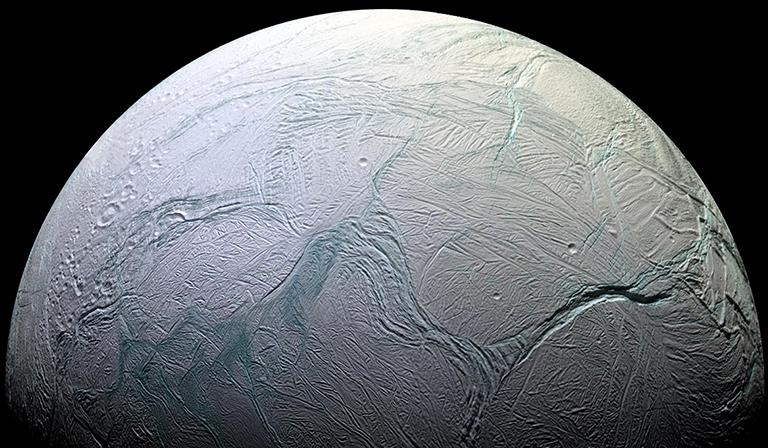 Saturn's moon Enceladus, which has a global ocean hidden beneath its icy crust. Image: Courtesy NASA
Saturn's moon Enceladus, which has a global ocean hidden beneath its icy crust. Image: Courtesy NASA
Enceladus shoots out icy plumes of saltwater and basic organic chemicals that affect Saturn and some of its moons. The plumes fire at about 800 miles per hour, and some of the icy material escapes the moon to form one of Saturn’s rings, the E Ring. The spray also turns some moons white, as if it were spray-paint. Additionally, Saturn’s magnetosphere (the area of its magnetic influence) is full of a plasma of oxygen that originated from Enceladus’s icy plumes: sunlight breaks up the frozen water vapor in space, releasing charged oxygen gas into the magnetosphere.
Saturn experiences massive extreme storms. Cassini observed an enormous lightning storm wrapped around the entire planet, covering an area of two billion square miles – more than eight times the surface area of Earth. It was one thousand times stronger than storms on Earth, with more than ten lightning flashes per second. Saturn seems not to experience storms too frequently: from 2004 to 2011, Cassini only detected ten. The spacecraft captured the first video of lightning on another planet.
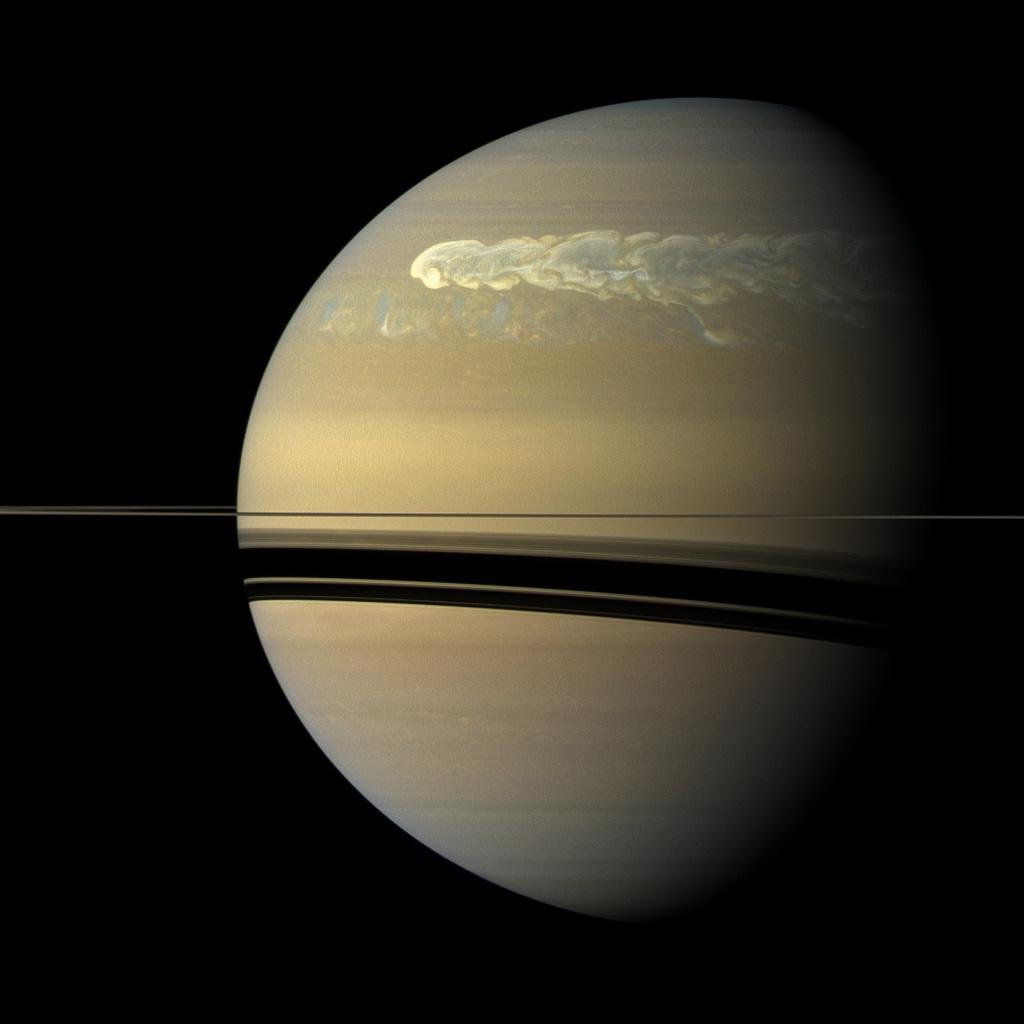 Cassini observed a massive storm that encircled the entirety of Saturn. Image: Courtesy NASA/JPL-Caltech/SSI
Cassini observed a massive storm that encircled the entirety of Saturn. Image: Courtesy NASA/JPL-Caltech/SSI
Saturn’s rings help us understand how planets are formed. Saturn’s rings “are a natural laboratory for processes that form planets – a mini solar system, if you will,” according to NASA. There are hundreds of thousands, or even millions, of tiny moons in the rings called moonlets that clump together or break apart, illustrating how planets could be formed. Changing structures within the rings also behave similarly to the Milky Way, providing insight into how galaxies are formed. And Saturn’s moons affect the shape of the rings with their gravitational fields, forming waves, streamers, and mini-jets in the rings.
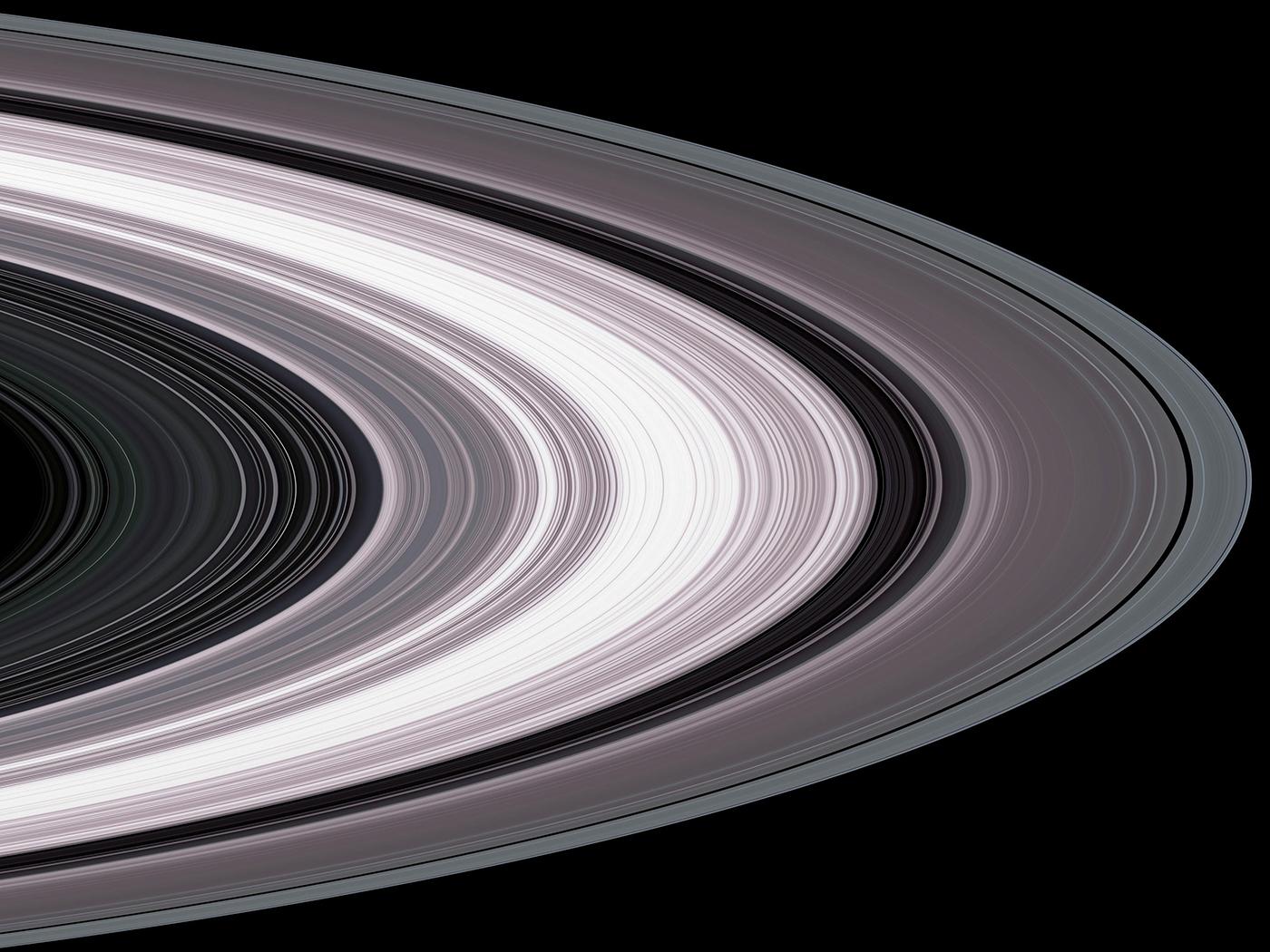 Saturn's rings. Image: Courtesy NASA
Saturn's rings. Image: Courtesy NASA
The moon Phoebe came from the deep outer solar system and is akin to Pluto. Phoebe’s density and relative proportions of rock and ice suggest that it came from the belt in which Pluto orbits. It also causes the neighboring moon of Iapetus to be two colors: it sheds dust that coats one face of Iapetus, heating it up and forcing ice to the opposite side of the moon.
Saturn’s day is irregular. A planet’s day is not actually a measure of time but of the planet’s rotation rate – Earth rotates once every 23.934 hours. Unlike any other planet we know of, Saturn’s day seems to be irregular, ranging from 10.6 to 10.8 hours. That’s a small range, but look how exactly we can pinpoint Earth’s day; this fluctuation is extremely unusual and still not understood. The oscillations could come from an error in how scientists are measuring the day (by observing the magnetic field), so Cassini’s final dive into Saturn’s atmosphere may reveal some answers.
 Saturn's moon Mimas looks like the Death Star from 'Star Wars.' Image: Courtesy NASA/JPL/Space Science Institute
Saturn's moon Mimas looks like the Death Star from 'Star Wars.' Image: Courtesy NASA/JPL/Space Science Institute
Cassini discovered six new named moons of Saturn. Saturn has 53 confirmed moons and eight provisional moons. At the time of Cassini-Huygens’s launch in 1997, scientists had confirmed 18 moons, and many more were added as the spacecraft made its seven-year journey. The moons are unique and fascinating, ranging in size from larger than Mercury to around the size of a sports stadium. Besides Titan, Enceladus, Phoebe, and Iapetus, there’s also Hyperion, which looks like a sponge and is the only planetary body other than Earth’s moon to have a statically charged surface; Mimas, which is reminiscent of the Death Star from Star Wars; Pan, which looks like a flying saucer or ravioli; and a moon that may be forming or disintegrating… or is not a moon at all.




